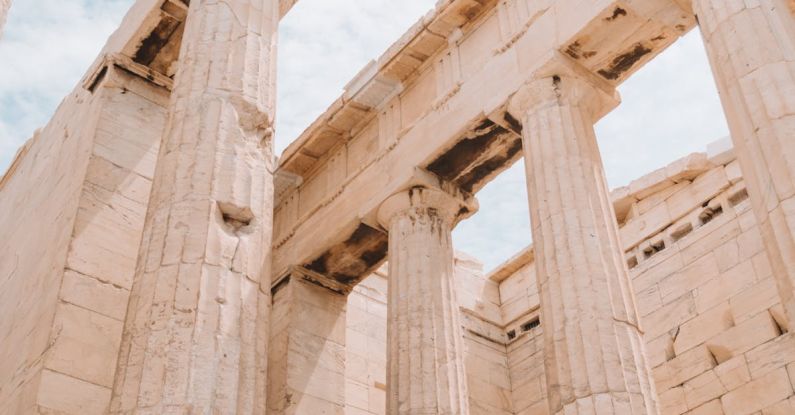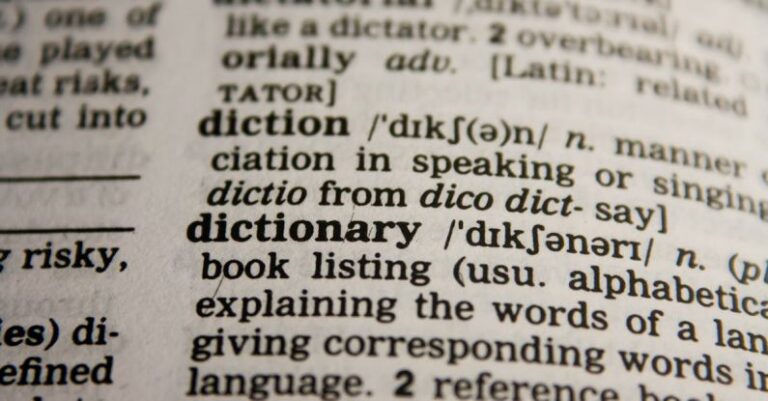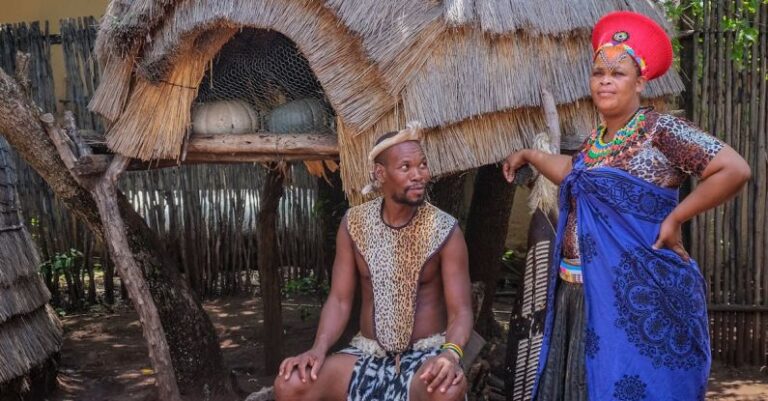
Symbols have played a significant role in shaping the narratives and beliefs found in mythology across various cultures. These symbols often hold deep meanings and serve as powerful tools to convey complex ideas and emotions. From ancient civilizations to modern-day folklore, symbols in mythology continue to captivate our imagination and provide insights into the human experience.
The Power of Symbols in Mythology
Symbols in mythology serve as visual representations of abstract concepts, allowing for the communication of intricate ideas in a simple and easily understandable manner. These symbols can convey universal themes such as love, wisdom, power, and transformation, transcending language barriers and cultural differences. In many mythological traditions, symbols are imbued with spiritual significance and are believed to possess mystical powers.
The prevalence of symbols in mythology reflects humanity’s innate desire to make sense of the world and our place within it. By assigning meaning to symbols, myths help individuals navigate life’s complexities and provide a framework for understanding the forces at play in the universe. Whether depicting gods, heroes, or monsters, symbols in mythology often carry layers of symbolism that invite interpretation and contemplation.
Archetypal Symbols in Mythology
Archetypal symbols are recurring motifs found in myths from different cultures around the world. These symbols represent fundamental human experiences and emotions, tapping into the collective unconscious shared by all people. One of the most well-known archetypal symbols is the serpent, which appears in various mythologies as a symbol of transformation, rebirth, and knowledge.
Another archetypal symbol found in mythology is the hero, a figure who embarks on a journey of self-discovery and faces challenges to achieve greatness. The hero’s quest is a common theme in myths and symbolizes the human desire for growth, courage, and triumph over adversity. By embodying archetypal symbols, myths resonate with audiences on a deep, primal level, speaking to timeless truths about the human experience.
Nature Symbols in Mythology
Nature has long been a source of inspiration for mythmakers, who have used natural elements as symbols to convey profound truths about life and the cosmos. In many mythological traditions, the sun is a powerful symbol of life, vitality, and divine energy. The sun’s daily cycle of rising and setting mirrors the eternal cycles of birth, death, and rebirth found in mythological narratives.
Water is another prevalent symbol in mythology, often representing the subconscious mind, emotions, and the source of life itself. Across cultures, water is associated with purification, healing, and transformation, reflecting humanity’s deep spiritual connection to the element. By incorporating nature symbols into myths, storytellers draw on the primal forces of the natural world to enrich their narratives and convey deeper meanings.
Symbolism in Mythological Creatures
Mythological creatures are often imbued with symbolic significance, representing a fusion of human and animal traits that capture the imagination and evoke primal fears and desires. The dragon, for example, is a widespread symbol in mythology, symbolizing power, wisdom, and the eternal struggle between good and evil. Dragons are often depicted as guardians of treasure or knowledge, challenging heroes to prove their worth through bravery and cunning.
Another iconic mythological creature is the phoenix, a symbol of renewal, resurrection, and immortality. The phoenix’s ability to rise from its own ashes embodies the cyclical nature of life and death, offering hope and inspiration to those facing adversity. By incorporating symbolic creatures into myths, storytellers create fantastical worlds that resonate with universal themes and archetypal motifs.
The Symbolic Power of Mythology
Mythology continues to captivate and inspire us with its rich tapestry of symbols that speak to the human experience in profound ways. Symbols in mythology serve as conduits for exploring the depths of the psyche, unlocking hidden truths, and connecting us to the mysteries of the universe. By delving into the symbolic language of myths, we gain a deeper appreciation for the stories that have shaped cultures and civilizations throughout history.
In conclusion, symbols in mythology are powerful tools that bridge the gap between the physical and spiritual realms, offering insights into the human condition and the mysteries of existence. From archetypal symbols to nature symbols and mythological creatures, the symbolic language of mythology continues to enchant and enlighten us, inviting us to explore the depths of our collective consciousness and uncover the truths that transcend time and space.





